Commercial Art
This area of the collection includes printed matter made for a specific purpose and publicly distributed in duplicated form. Examples are above all printed matter that, with its focussed and frequently artistic visual design, serves to convey information or advertising in the domains of politics, business or culture. Posters constitute the single largest group of items.
Cut-out sheets
Paper Sheets for Model Making, Propaganda and Education
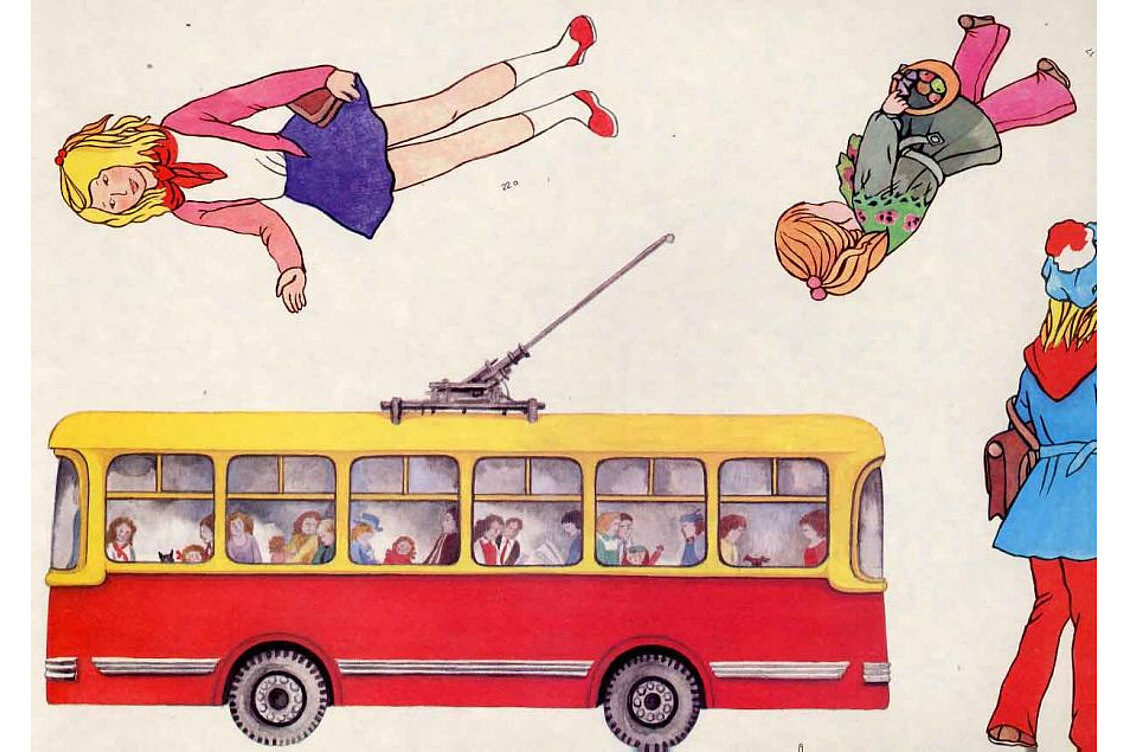
Cut-out sheets
Paper Sheets for Model Making, Propaganda and Education
The “Cut-Out Sheets” collection includes printed sheets of paper, card or foil used for the design of wall newspapers, albums or to make models. The range extends from agitation and visualization materials from the field of political propaganda and model-building sheets for different age groups to items of historical and political importance.
Contact
Zeitgeschichtliches Forum
Leipzig
Posters
Commercial Graphics for Public Spaces
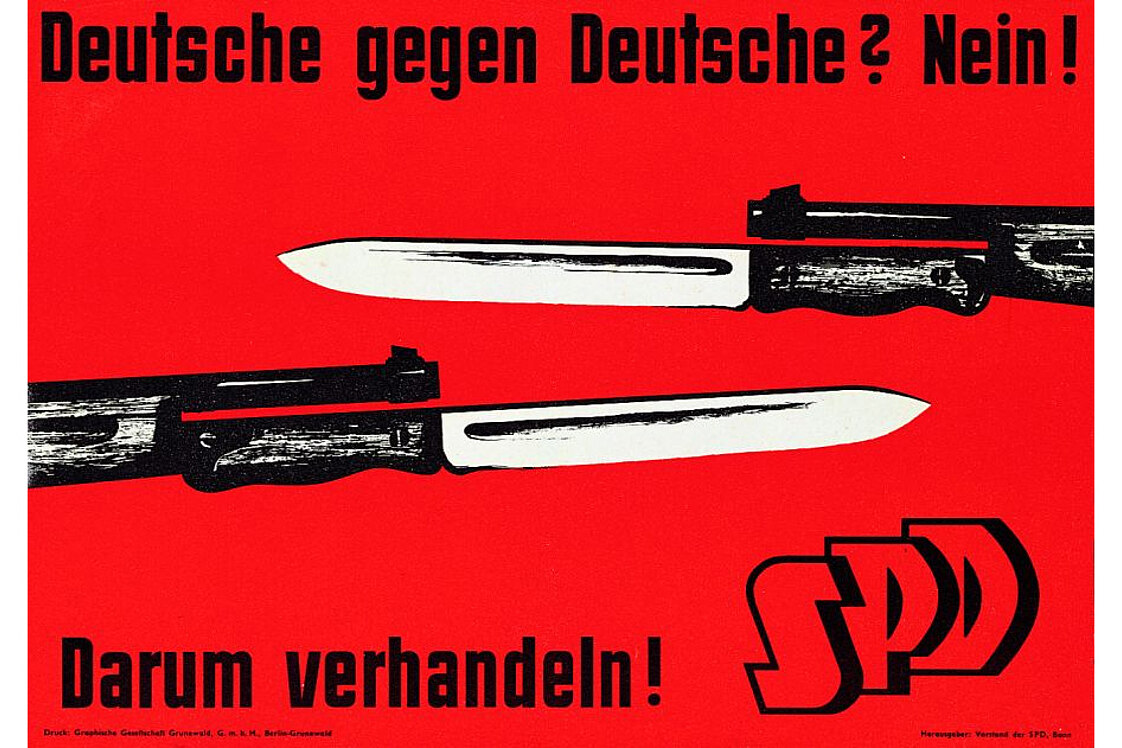
Posters
Commercial Graphics for Public Spaces
Posters are as a rule produced for the public space and in larger print runs. Posters hinge on the copy, image and colour design attracting attention, appealing to the eye, being readily legible and memorable. The collection also includes decorative posters and placards. We understand “posters” in the broadest sense to cover all manner of posters in terms of copy and themes.
Contact
Foundation
Display Panel Exhibition
Poster Panels for Exhibitions
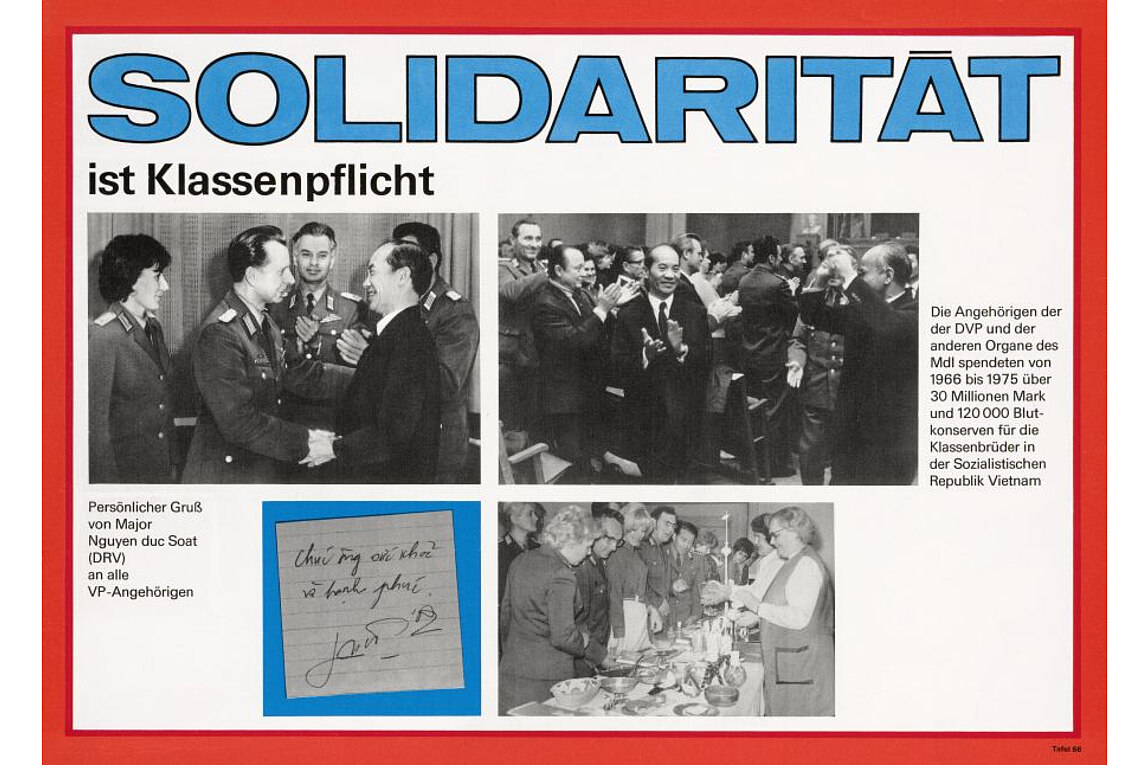
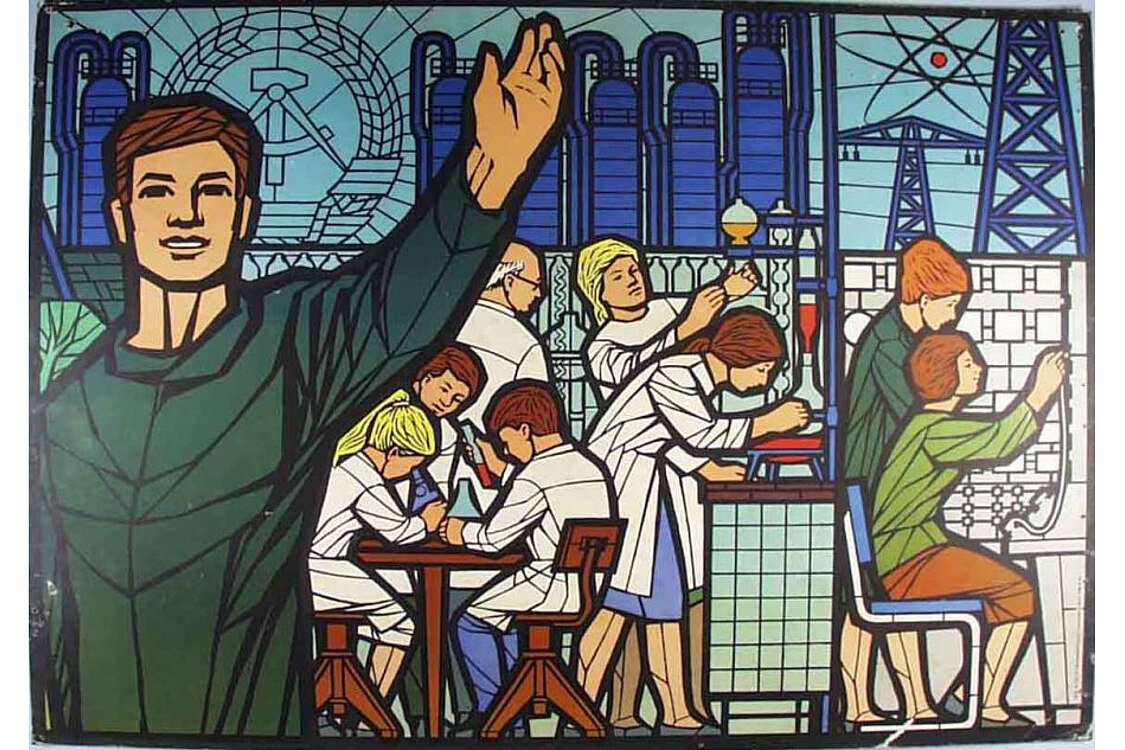
Display Panel Exhibition
Poster Panels for Exhibitions
The collection includes display panels or series of panels designed for informative, educational or training purposes and presenting an historical-political theme, an organization, institution or outstanding artist. As a rule, panel exhibitions and the related explanatory remarks are issued in special portfolios. The collection also covers individually created panels and series of panels.
Contact
Zeitgeschichtliches Forum
Leipzig
Wall newspapers
Placards Bearing lots of Copy and Information
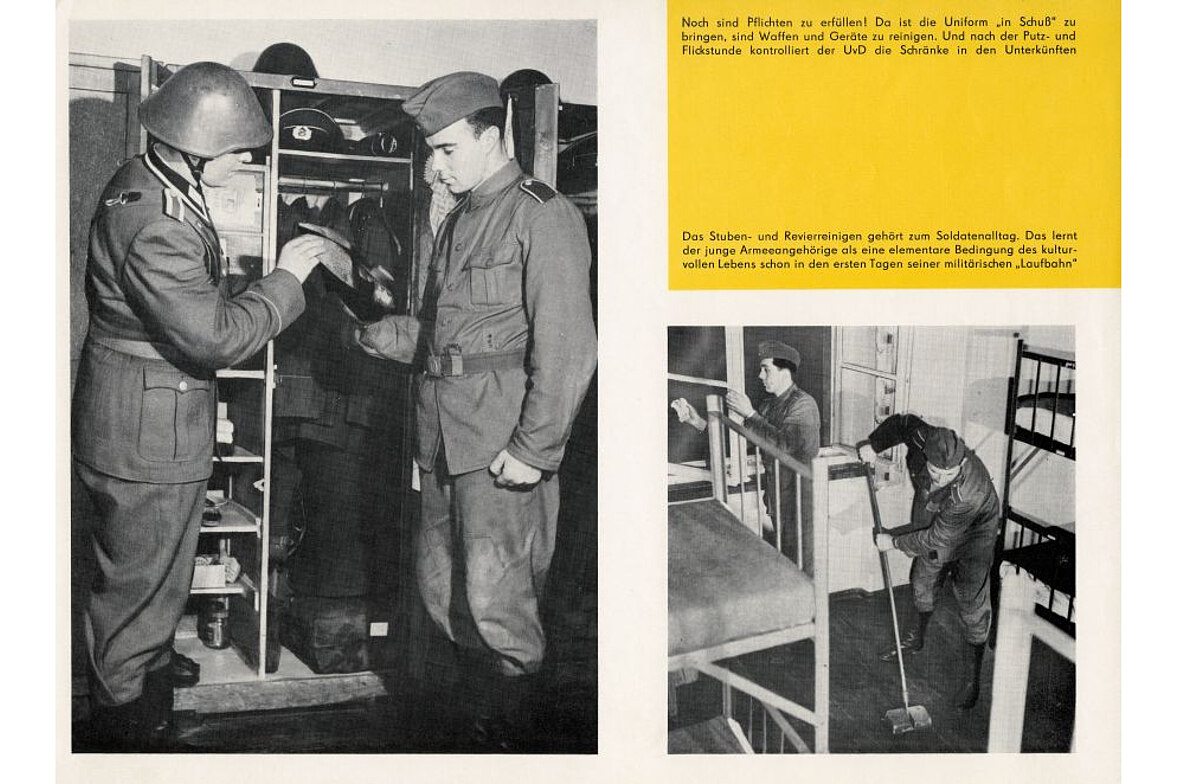
Wall newspapers
Placards Bearing lots of Copy and Information
Wall newspapers are communiques bearing political, propagandistic or cultural content displayed in the public domain, usually handmade, printed or duplicated as copies. Unlike posters with a specific theme, a wall newspaper is not a “visual telegram”, but a medium heavy on information in which the explanatory text is often in the foreground compared to the illustration.
Contact
Foundation
Drafts
Sketches and Templates
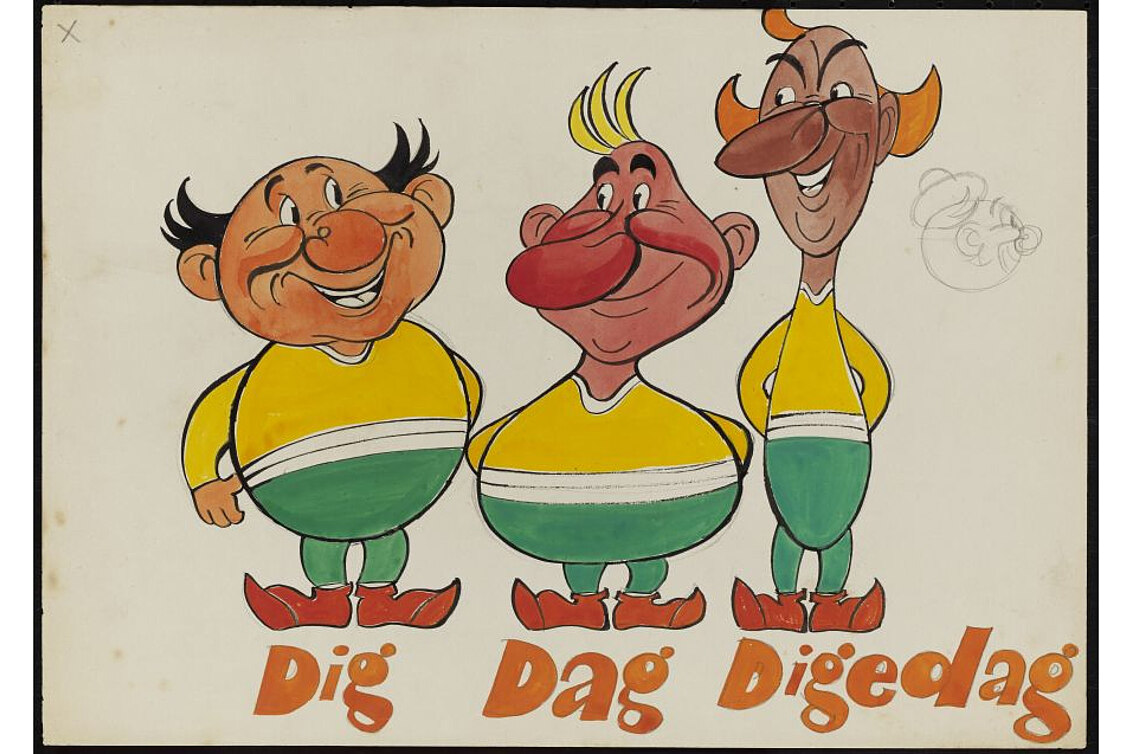
Drafts
Sketches and Templates
Drafts are one-offs in a variety of techniques, for example coloured or non-coloured pencil or ink drawings intended as proposals for duplicated end products. Drafts can exist in several versions. We collect drafts that were realized and those that were not. The collection also includes draft drawings for illustrated stories, such as the extensive holdings of drawings by Johannes Hegenbarth, creator of the legendary Communist East German comic magazine “Mosaik”.
Contact
Zeitgeschichtliches Forum
Leipzig